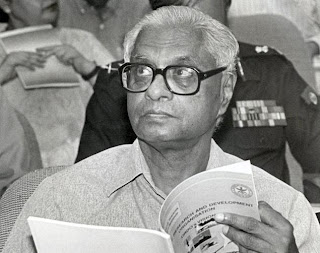Should Congress raise the limits on H-1B temporary visas or only for green cards? That was the question at a House immigration subcommittee hearing, held on March 31st. And the question may foreshadow the course of future legislation. Given that typically half of H-1B visa holders were born in India, the issue is of importance to the Indian-American community.
As those who have gone through the immigration process as either an employee or an employer know, the primary difference between an H-1B temporary visa and an employment-based green card is the answer to the query: “How long can you stay?” If you have a green card, you can stay in the United States the rest of your life, so long as you don’t commit a crime that makes you deportable or leave for an extended period of time. And even those exceptions essentially disappear if you become a U.S. citizen.
In contrast, an H-1B visa generally only allows an individual to stay in the U.S. for up to 6 years (renewable after three years), with the only exception being that the immigration service can grant an extension of H-1B status if a green card application is pending.
At the hearing, former Democratic Congressman Bruce Morrison, a Washington, D.C. consultant, represented the IEEE, the electrical engineers professional group. He summarized the difference between green cards and H-1B visas like this: “With ‘green cards’ you do not have to write endless rules regarding portability and prevailing wages. The job market sorts all this out. Employers keep their workers by providing an attractive employment opportunity. Employees keep their working conditions up by having options. That is the better way to attract and keep foreign-born talent without adversely affecting American workers or exploiting the foreign born.”
Morrison added, “In short, there are no problems for which green cards are not a better solution than temporary visas. And there are no problems with the H-1B program itself that a system built on green cards will not help to fix.”
There is considerable debate about the extent to which H-1B temporary visas results in either harm for American workers or exploitation of foreign workers. However, at the hearing, the tone was considerably negative among both members and witnesses toward H-1B visas, while generally positive toward increasing the number of green cards for highly skilled foreign nationals. The only defender of H-1B visas was Bo Cooper, former general counsel of the Immigration and Naturalization Service and now a partner at the law firm of Berry, Appleman and Leiden LLP.
Cooper noted that given the long waits for employment-based green cards due to years of backlogs and the long processing delays even when a number is current, it may never be wholly realistic to have a U.S. immigration policy that relies solely on green cards and eschews H-1B temporary visas. For example, in addition to the need to bring individuals into the country on projects or shorter-term assignments, it can take several months, in some cases years, to complete the highly bureaucratic labor certification process for employment-based green cards with the U.S. Department of Labor.
Cooper testified, “The H-1B is often the only way to get highly skilled foreign professionals on the job quickly, when the economy needs them. The H-1B is often the only way to bring in a person with pinpointed skills to perform a crucial temporary assignment. And it is overwhelmingly the only way to bring bright foreign talent across the bridge to permanent residence, and a permanent role as contributors to the U.S. economy.”
It remains unclear whether Congress will pursue legislation that includes more green cards, more restrictions on H-1B visas, or a combination of the two. The bottom line is that the debate on this issue is not over. It really has just begun.


